45 where are calories on food labels
How Do They Calculate Calories on Food Labels? In the 1800s, William O. Atwater developed a process to determine the average number of calories in the three macronutrients in food: protein, fat, and carbohydrate. His 4-9-4 method came up with an average of 4 calories per gram of protein, 9 calories per gram of fat, and 4 calories per gram of carbohydrate that is still in use today. Food Labeling & Nutrition | FDA Food labeling is required for most prepared foods, such as breads, cereals, canned and frozen foods, snacks, desserts, drinks, etc. Nutrition labeling for raw produce (fruits and...
How To Count Calories Without Labels (4 Ways) - FeastGood.com Specific situations where you may need to count the calories in your food without a label are: 1. When You Are Eating Whole Foods That Don't Come With a Label If you typically eat a diet full of whole, unprocessed foods, then you have likely noticed that most of these foods do not come with a nutrition label.

Where are calories on food labels
Calories for Hundreds of Foods: Your Calorie Chart Database Soups are often low in calories, but check the label since any foods can be included. Nuts & Legumes Calories Legumes Beans and other legumes are nutritional foods with calories from carbs, fat, and protein. Nuts & Seeds Nuts and seeds are high in fat and therefore calorie dense, but they are very nutritious. Oils & Fats Calories Oils & Fats Calories on the New Nutrition Facts Label | FDA Calories refers to the total number of calories, or "energy" you get from all sources (carbohydrate, fat, protein, and alcohol) in a serving of a food or beverage. Calories Go Big... What's New with the Nutrition Facts Label | FDA Daily Values for nutrients have been updated, which may make the percent Daily Value higher or lower on the new Nutrition Facts label. As a general guide: 5% DV or less of a nutrient per serving ...
Where are calories on food labels. Reading Food Labels: "Calories From Fat" | livestrong A food that gets 60 percent of its calories from fat--a large amount--may not be unhealthy if the total number of calories per serving is low. For instance, a food that has 60 calories per serving but gets 60 percent of its calories from fat has only 4 g of fat per serving. Where 2000 Calories on Food Labels Comes From - Rachael Hartley Nutrition Calories on Food Labels Doesn't Much Matter Anyway . I hope knowing this history takes away some of the power behind the 2,000 calories on food labels. At the end of the day, if we didn't live in a world that tries to convince you weight gain is the worst thing that could possibly happen, seeing calories on a food label wouldn't have any ... The New Nutrition Facts Label | FDA The U.S. Food and Drug Administration (FDA) has updated the Nutrition Facts label on packaged foods and drinks. FDA is requiring changes to the Nutrition Facts label based on updated... How to Understand and Use the Nutrition Facts Label | FDA That is two times the calories and nutrients shown in the sample label, so you would need to double the nutrient and calorie amounts, as well as the %DVs, to see what you are getting in two...
Food Labels | Nutrition.gov The U.S. Food and Drug Administration (FDA) has updated the Nutrition Facts label on packaged foods and beverages with a fresh design that will make it easier for you to make informed food choices that contribute to lifelong healthy eating habits. What's in a Name? What Every Consumer Should Know About Foods and Flavors Calories and Food Labels - EP Nutrition Calories and Food Labels. Updated: Aug 19, 2021. We've all heard the word calorie, but what actually is it? A calorie is simply a unit of energy. ... All food contains energy (referred to henceforth as calories), and all food comes with an array of nutrients within it (some more than others, of course). There are four main macronutrients which ... Decoding Calories and Calories from Fat on Food Labels All food labels list the number of "calories" in a given serving of food. This information is typically displayed directly below or around the serving size. The calorie is a basic unit of measuring the amount of "energy" the body obtains when different foods are consumed. Understanding Food Nutrition Labels | American Heart Association 1 - Start with the serving information at the top. This will tell you the size of a single serving and the total number of servings per container (package). 2 - Next, check total calories per serving and container. Pay attention to the calories per serving and how many calories you're really consuming if you eat the whole package.
Food Labels | CDC - Centers for Disease Control and Prevention All the numbers on this label are for a 2/3-cup serving. This package has 8 servings. If you eat the whole thing, you are eating 8 times the amount of calories, carbs, fat, etc., shown on the label. Total Carbohydrate shows you types of carbs in the food, including sugar and fiber. Choose foods with more fiber, vitamins, and minerals. Learn How the Nutrition Facts Label Can Help You Improve Your Health That means if you consume 2,000 calories in a day, added sugars should account for no more than 200 calories. Read the Nutrition Facts labels on your packaged food and drinks to keep track of sugars, fats, protein, and other nutrients. Most sodium we consume is from salt, and salt is commonly in processed foods. How to Read Food Labels Without Being Tricked - Healthline Nutrition labels state how many calories and nutrients are in a standard amount of the product — often a suggested single serving. However, these serving sizes are frequently much smaller than ... How Do You Know Your Food's Nutrition Facts Label Is Accurate? NIST's measurements are accurate to within 2% to 5% for nutrient elements (such as sodium, calcium and potassium), macronutrients (fats, proteins and carbohydrates), amino acids and fatty acids. As you may have noticed, most of your favorite food items have recently updated their nutrition facts labels.
Could food labels linking calories to exercise get people moving? Food labels displaying the amount of exercise needed to burn off the calories in the product are being touted as a way to reduce obesity, but not everyone is convinced. Researchers at the ...
How To Read Food and Beverage Labels - National Institute on Aging Although frozen and canned fruits and vegetables have food labels, fresh varieties often do not. You can find nutrition information for fresh vegetables and fruits on the USDA website. Or you can call the U.S. Department of Agriculture's Food and Nutrition Information Center at 301-504-5414. Understanding percent Daily Value (% DV)
3 Ways to Calculate Food Calories - wikiHow Alcohol also contains a significant number of calories. Each gram of alcohol is about 7 calories. 3. Multiply each macronutrient by its caloric equivalent. A gram of protein is estimated to contain about 4 calories. A gram of carbohydrates also has 4, and a gram of fat is worth a whopping 9 calories.
What's New with the Nutrition Facts Label | FDA Daily Values for nutrients have been updated, which may make the percent Daily Value higher or lower on the new Nutrition Facts label. As a general guide: 5% DV or less of a nutrient per serving ...
Calories on the New Nutrition Facts Label | FDA Calories refers to the total number of calories, or "energy" you get from all sources (carbohydrate, fat, protein, and alcohol) in a serving of a food or beverage. Calories Go Big...
Calories for Hundreds of Foods: Your Calorie Chart Database Soups are often low in calories, but check the label since any foods can be included. Nuts & Legumes Calories Legumes Beans and other legumes are nutritional foods with calories from carbs, fat, and protein. Nuts & Seeds Nuts and seeds are high in fat and therefore calorie dense, but they are very nutritious. Oils & Fats Calories Oils & Fats


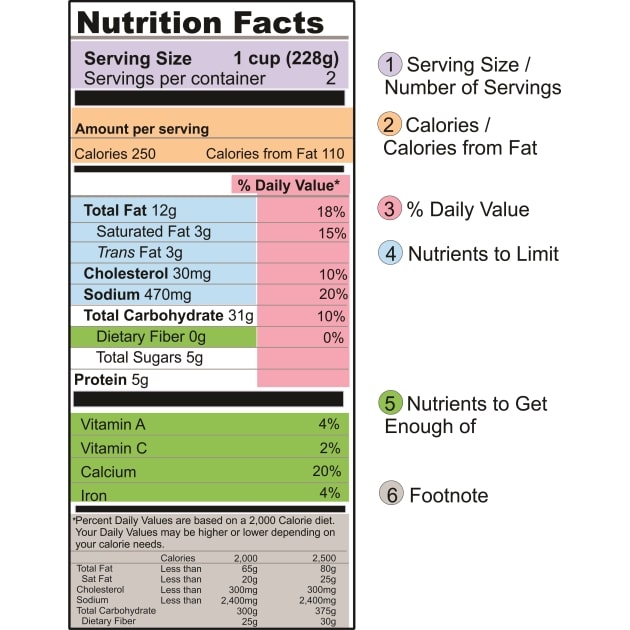
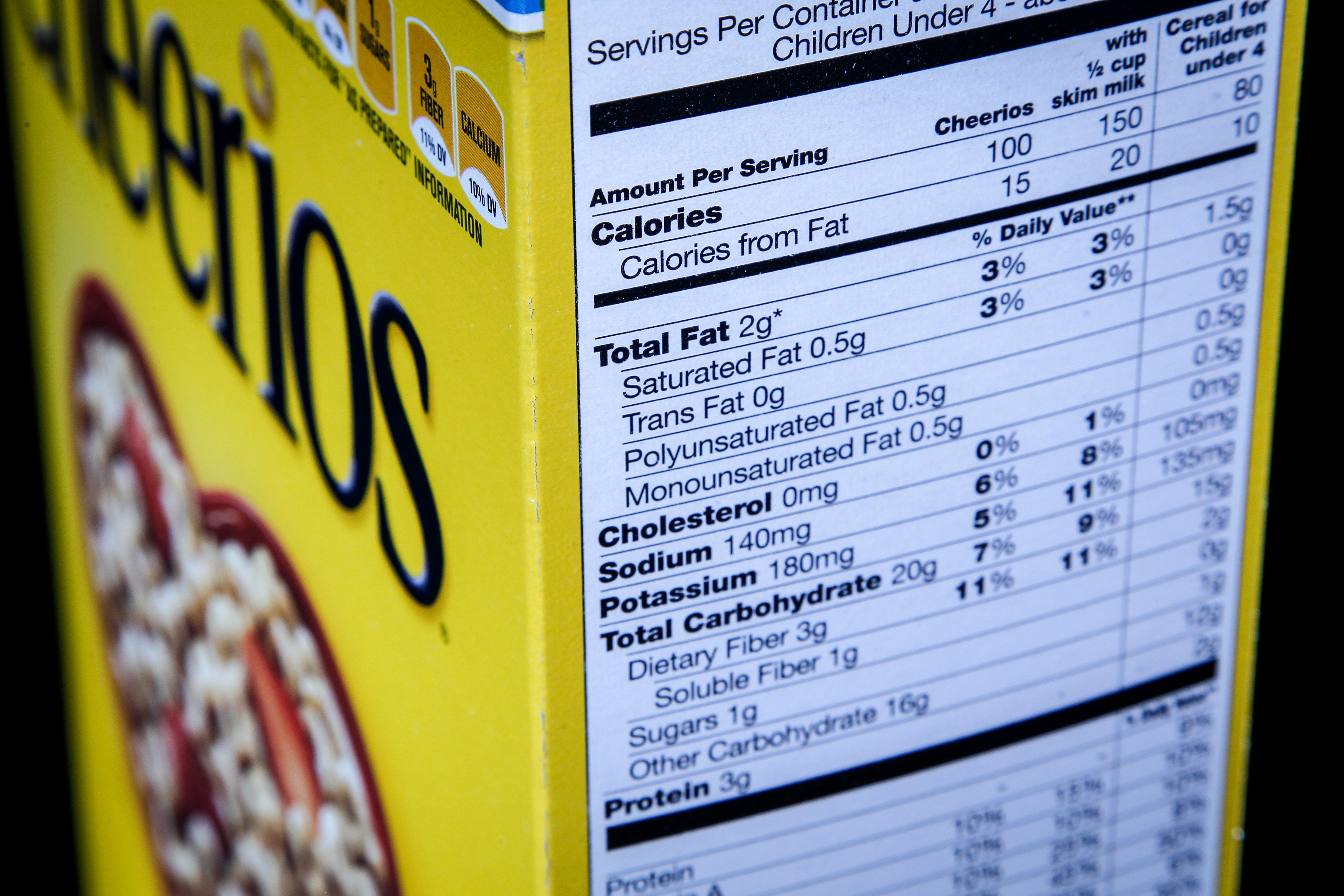
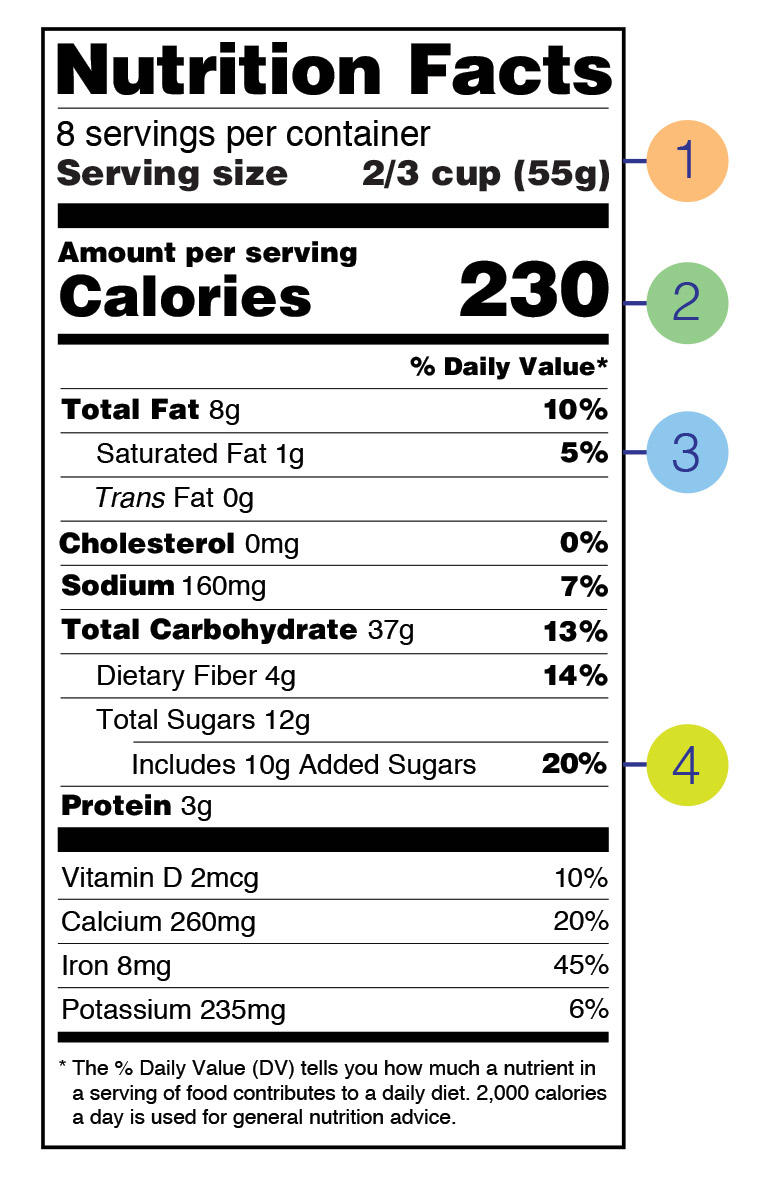

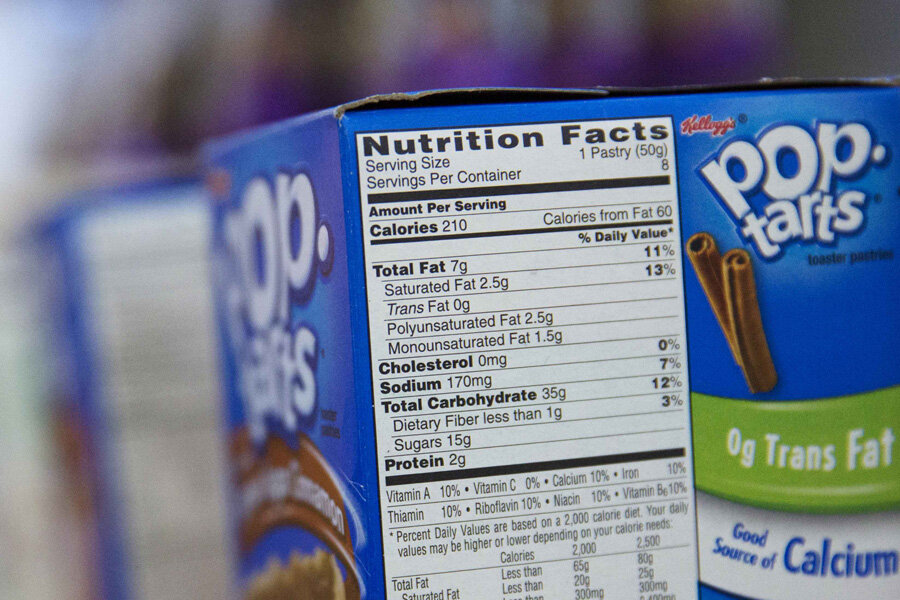

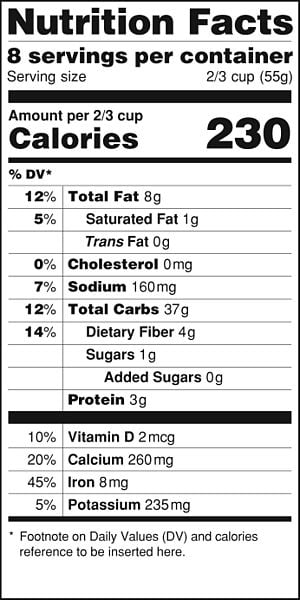



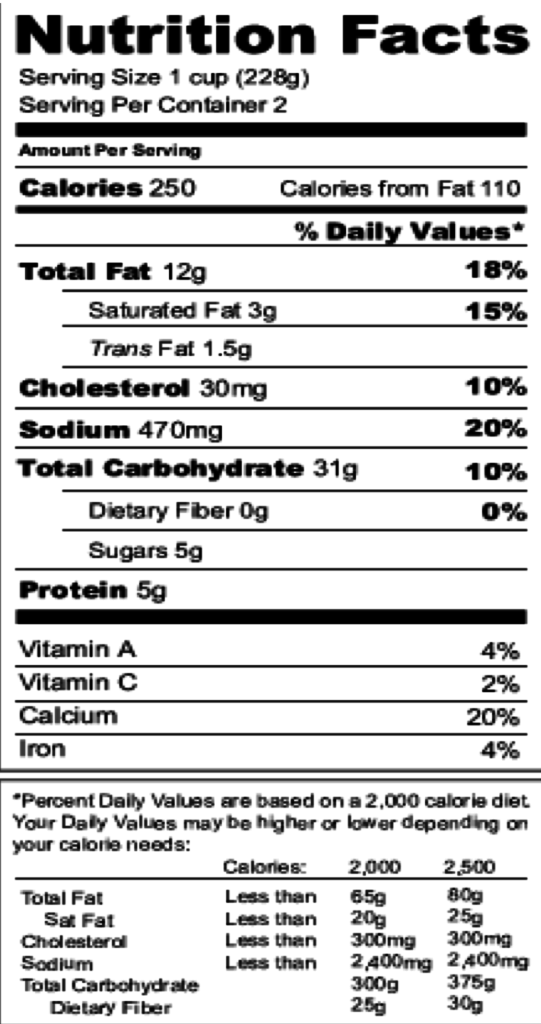



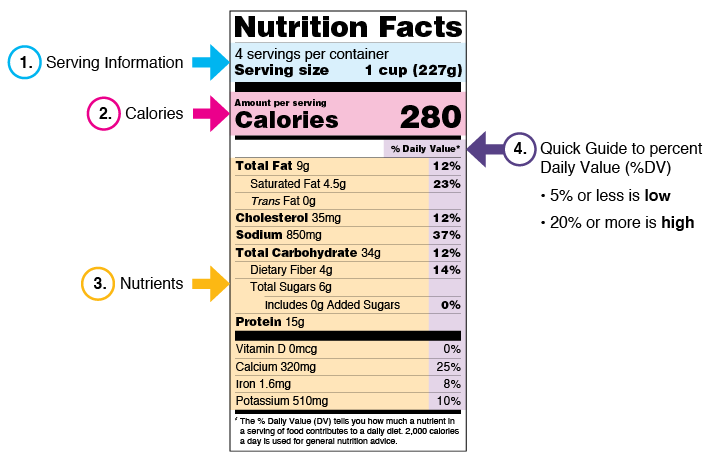
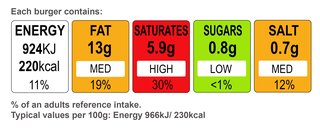


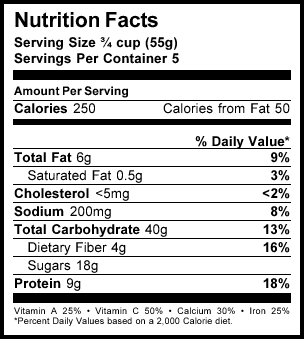

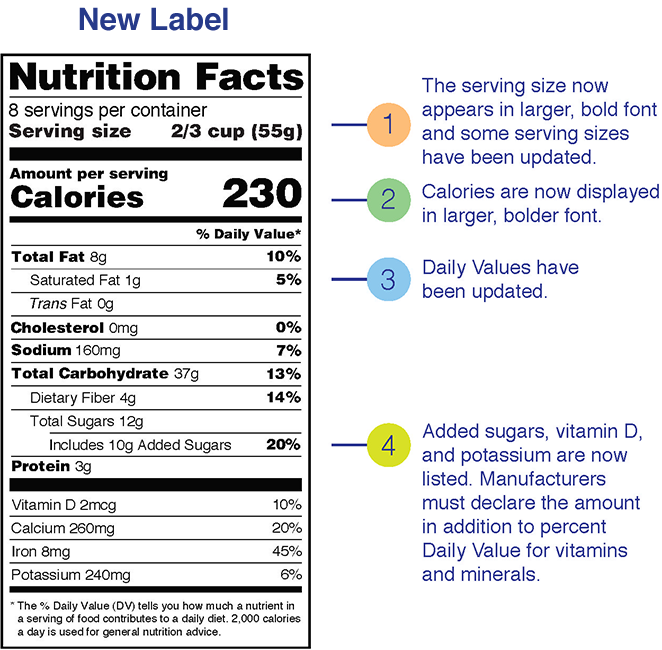
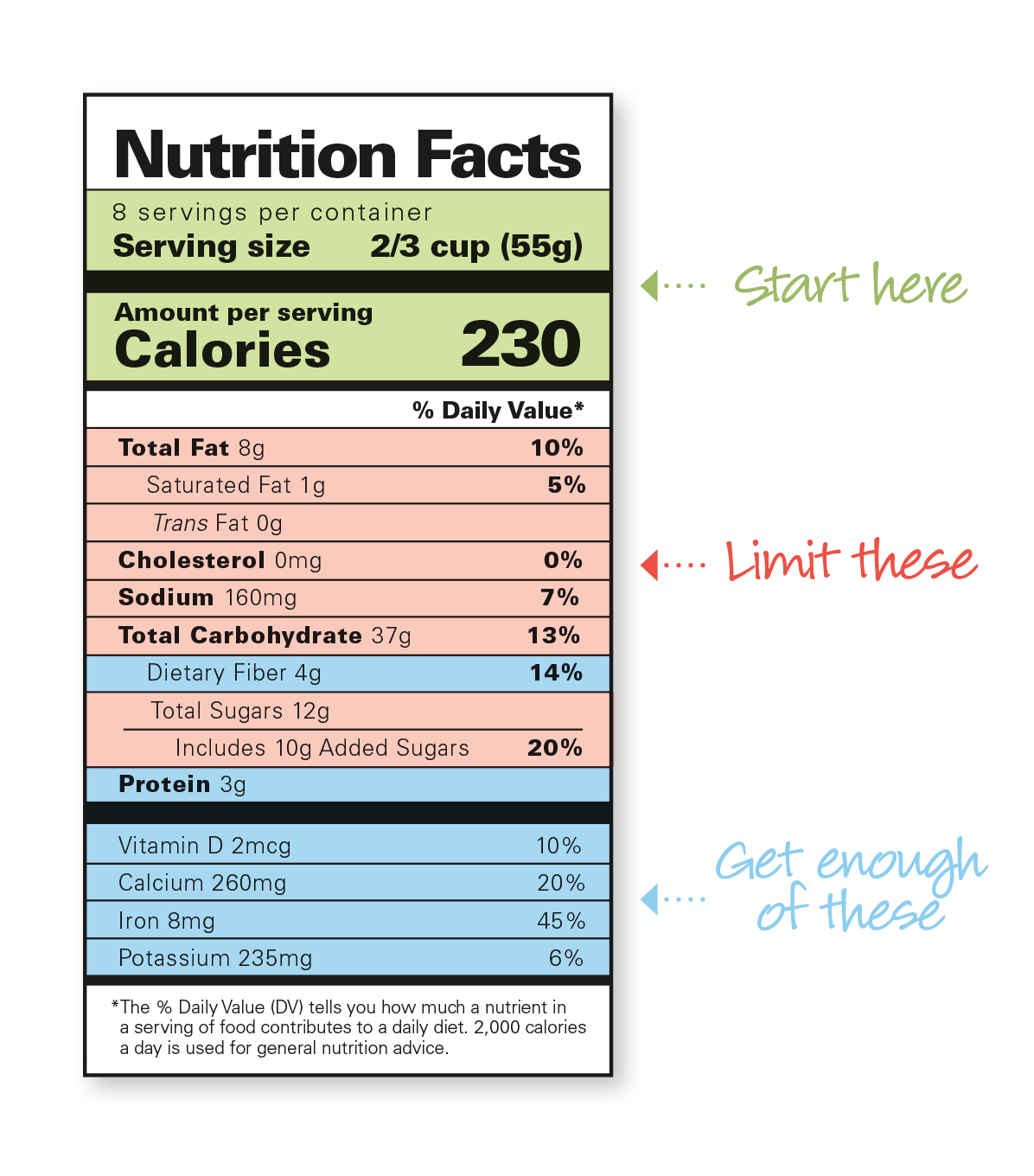
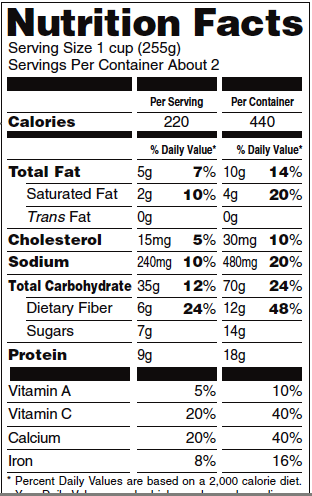
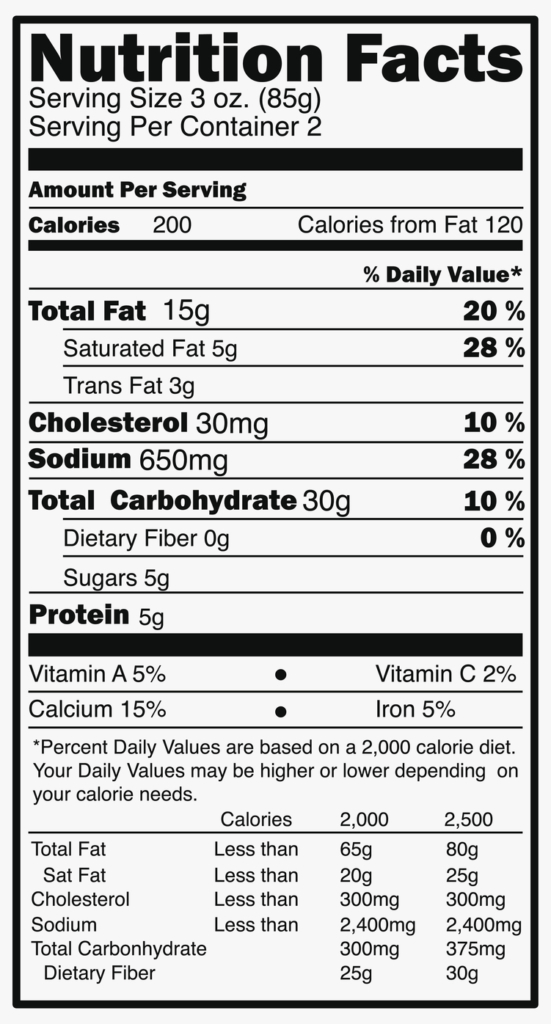

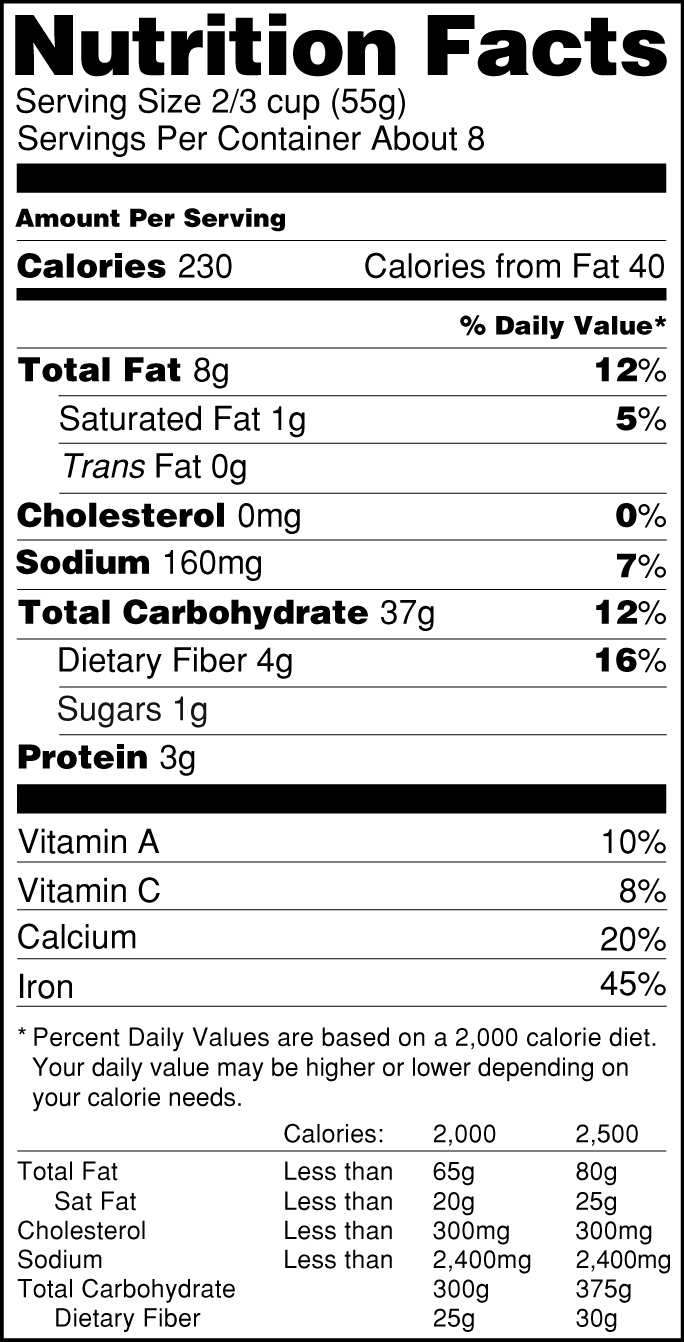
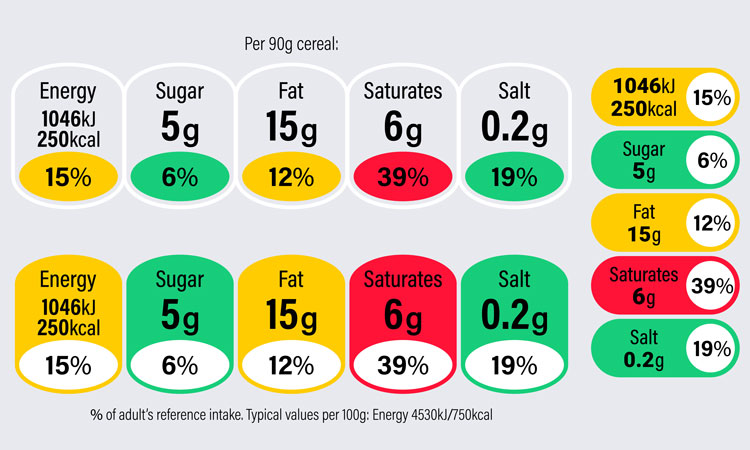

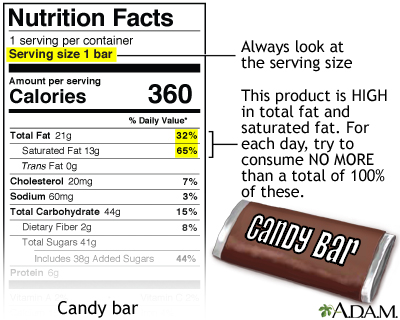
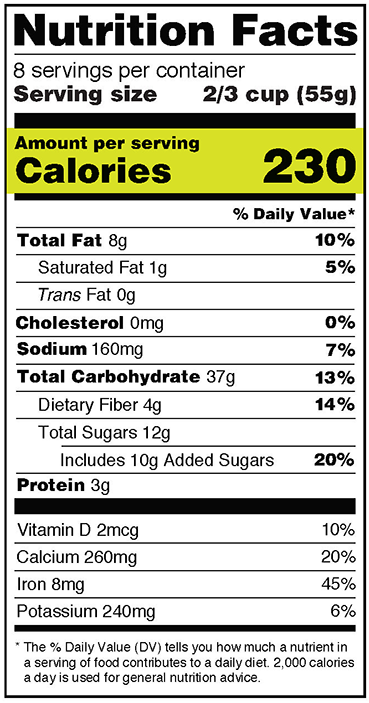

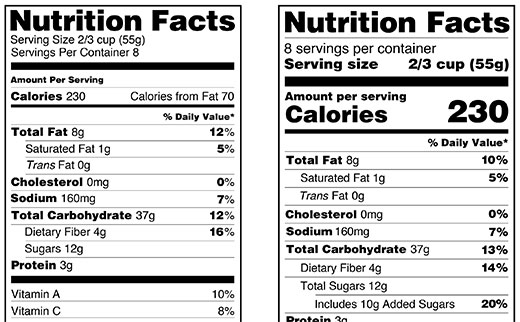


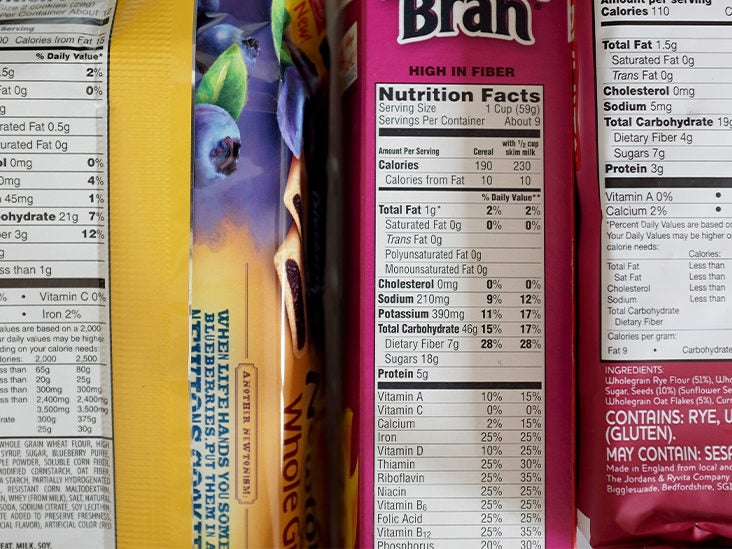
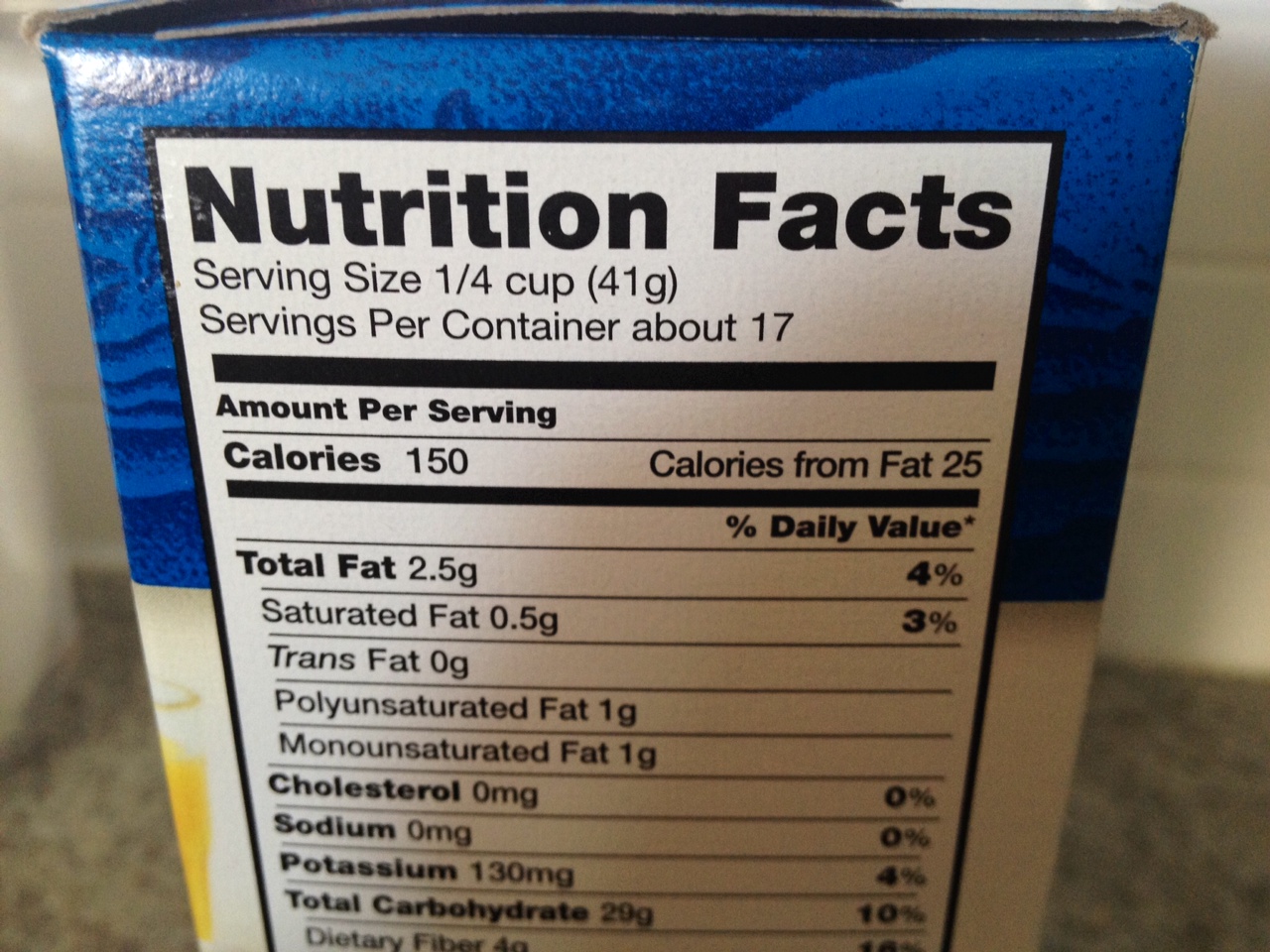
Post a Comment for "45 where are calories on food labels"